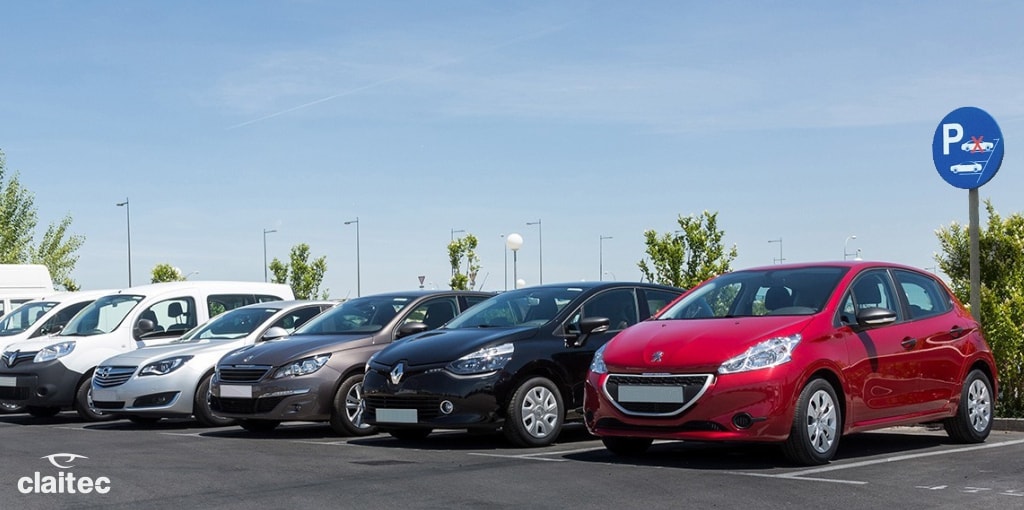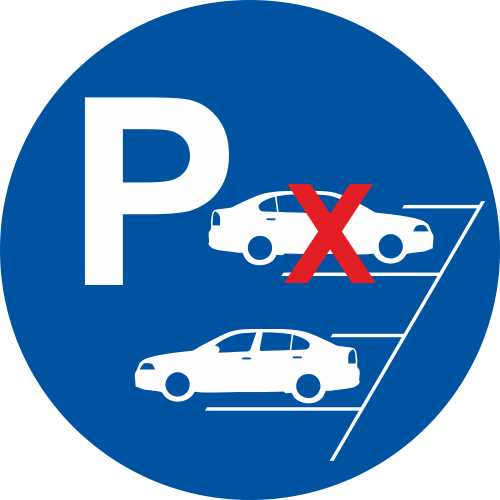Como vimos en el primer post del caso de éxito de GSK, la empresa priorizó el cuidado y bienestar de sus empleados, instalando un Sistema de Control de Tráfico (TCS) en la zona de producción de su planta. Luego de comprobar el éxito de la solución en la primera fase, la compañía dio un paso más en materia de seguridad industrial, ampliando el Sistema de Control de Tráfico de Claitec, pero esta vez en su zona de almacén.
La finalidad de esta solución es una adecuada segregación entre peatones y carretillas, asegurando un trabajo tranquilo para ambos operarios. Al igual que muchas de las soluciones de Claitec, es pasiva, es decir, no requiere de la atención u operación de un trabajador. Funciona mediante la colocación de un dispositivo TZ2-Tag en el almacén, que detecta la presencia de carretillas a su vez equipadas con otro activador. También incluye semáforos, señalización, portillos de seguridad y barandillas para segregar peatones.
Durante la primera fase, en la implementación de TCS en la zona de producción, se daba la particularidad de que los pasillos eran muy estrechos, los que dificultaba una adecuada separación entre el paso de peatones y de las carretillas elevadoras. Sin embargo, en esta segunda fase ocurre que en el almacén hay un mayor número de carretillas, sumado al hecho de que hay más espacio libre, por lo que éstas transitan a mayor velocidad. Si además sumamos el hecho de que hay pocos peatones, y que los operadores de las carretillas trabajan con un menor grado de alerta, estamos hablando de un lugar con mayor riesgo de accidentes.
El objetivo de la fase era segregar adecuadamente el tráfico de peatones y de carretillas. Para esto se requería una combinación entre tecnología para un adecuada señalización y detectores, así como puertas que garantizaran la seguridad de los operarios, al impedir su paso a zonas en estado de riesgo. Fue así que se instaló la solución TCS, que permitió cumplir con éxito los objetivos de esta fase dos, permitiendo un trabajo más eficiente y seguro para los operarios del almacén de GSK.
Como se observa en el video, la solución incluye detectores que identifican la presencia de una carretilla en la zona. Los dispositivos de señalización –dos semáforos- alertan a cualquier peatón de la presencia cercana de una carretilla. Pero la gran novedad de la solución radica en las puertas: éstas se cierran automáticamente ante la presencia de la carretilla, evitando que cualquier operario a pie entre en la zona. Cuando la zona está libre de carretillas, éstas se abren nuevamente, permitiendo el normal paso de cualquier peatón con o sin carros.
Las puertas, además, cuentan con la ventaja de funcionar en base a un sistema de apertura y cierre motorizado, siendo de gran utilidad para operarios con sus manos ocupadas, ya sea conduciendo una carretilla, o transportando un carro caminando. Además la obvia seguridad que brinda a los peatones, ayuda a los conductores de carretillas a trabajar con mayor tranquilidad y eficiencia, con la seguridad de que no va a haber peatones en sus zonas de tránsito. Incluso puede “olvidar” la preocupación en cruces de poca visibilidad.
También se puede observar que los semáforos señalizan en verde o en rojo de acuerdo a la situación, brindando seguridad extra a todos los implicados.
GSK así dio un nuevo paso hacia brindar la mayor seguridad a sus operarios. Luego de las dos primeras fases, en las que la empresa aseguró la planta de producción y el almacén, GSK se plantea implementar una tercera etapa, instalando la solución en su planta de medicamentos. Así completaría el equipamiento de su planta de Aranda de Duero con el sistema de alerta de peatones y control de tráfico de Claitec.
*GSK (GlaxoSmithKline) es una compañía líder mundial en investigación farmacéutica y en el cuidado de la salud. La empresa defina cuya misión es conseguir que las personas puedan hacer más, sentirse mejor y vivir más tiempo.



